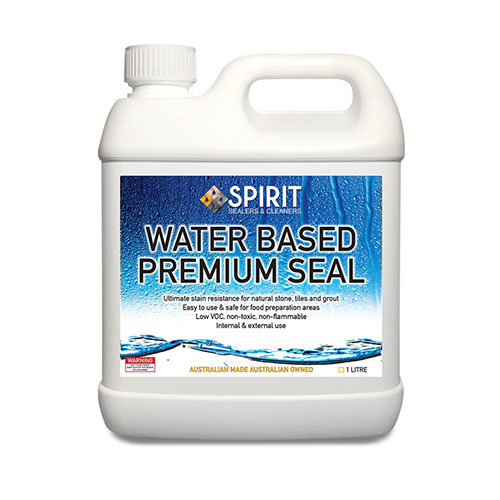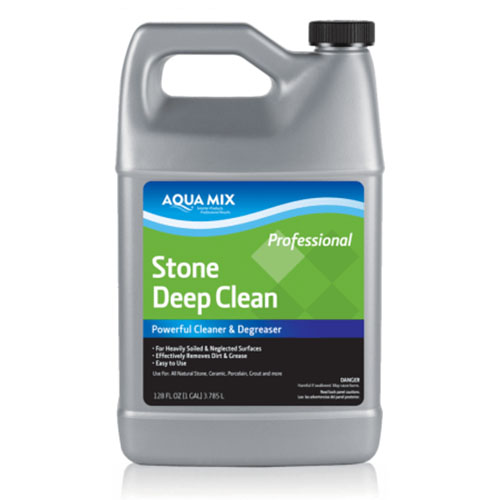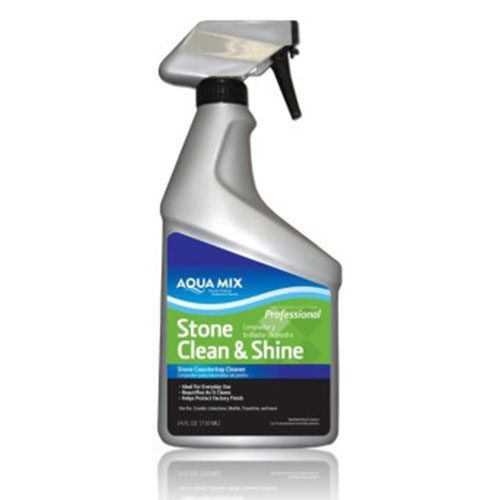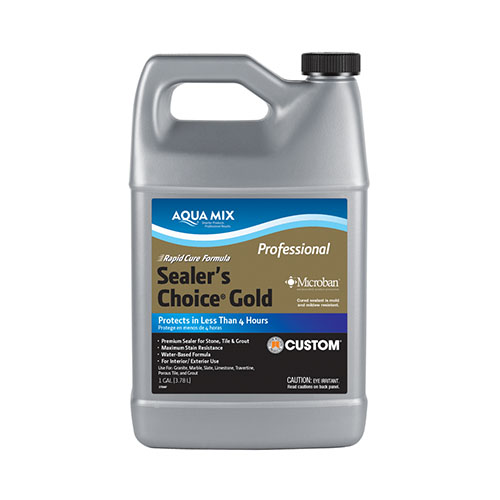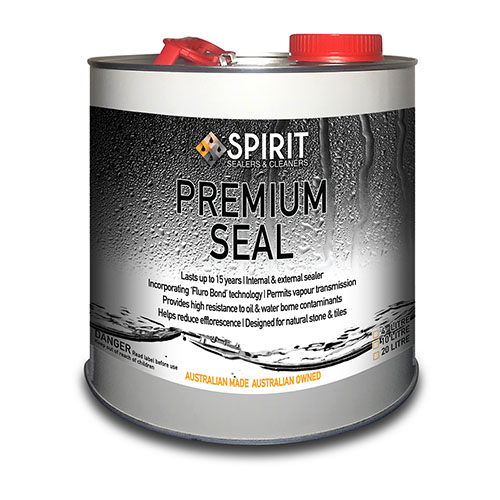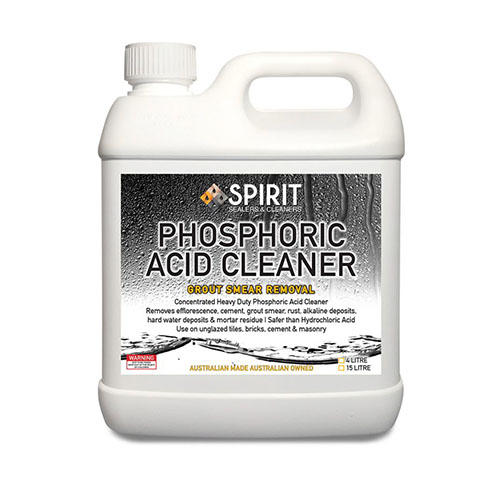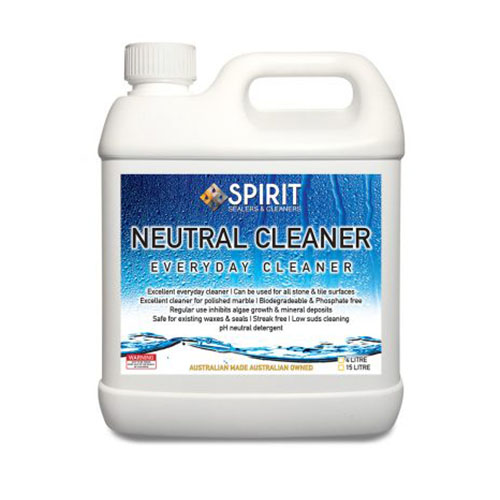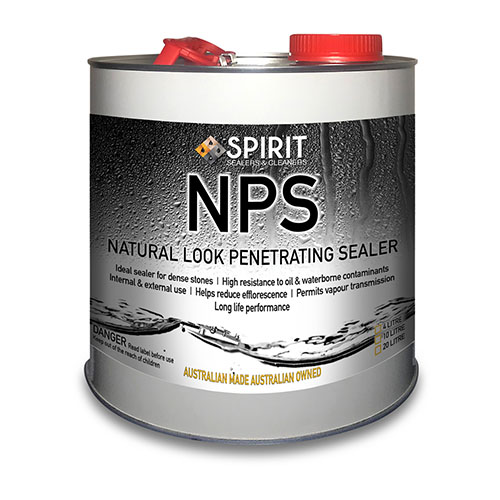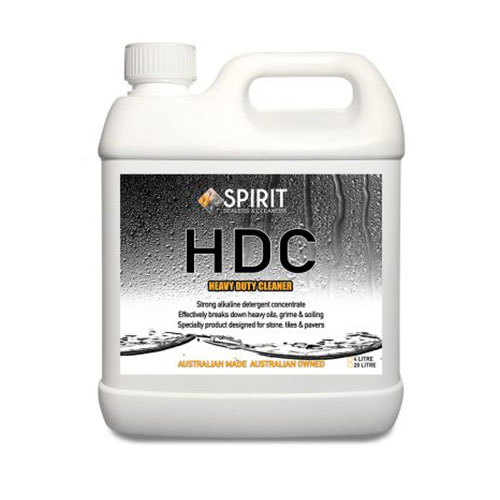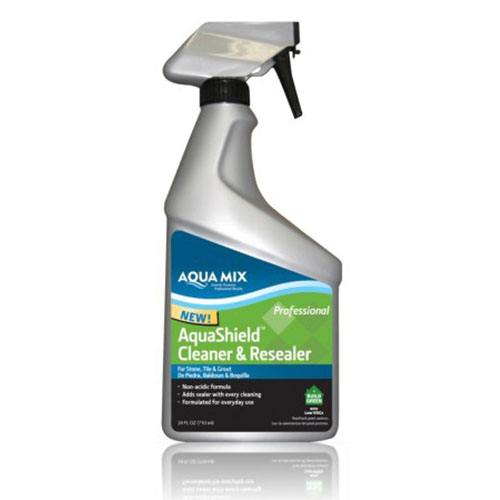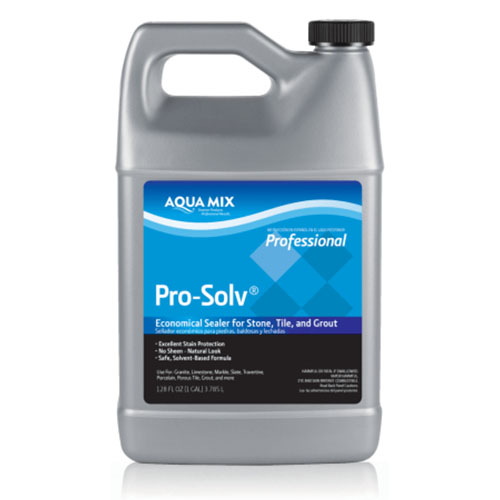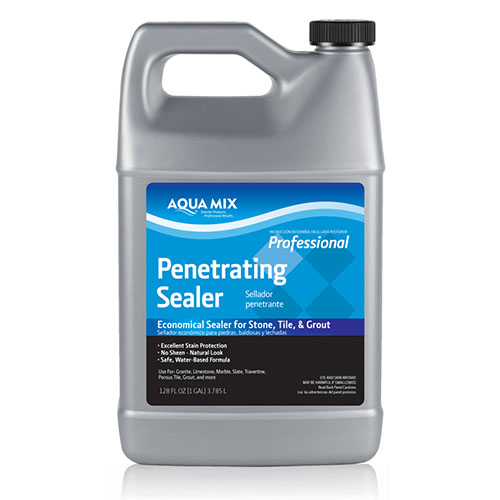8 Tips for Stone Cleaning
1. Select the best stone for your application
Select the best quality stone for your application and correct installation method – cheaper stone or poor installation adhesives and grouts can cost you over time.
2. Select a premium sealer for your stone application
Sealing acts in a variety of ways to stop or slow the absorption or migration of contaminants through your stone. The selection of the correct product should be made with your stone supplier to ensure it works with your substrate and adhesives as well as the installation area (wet or dry areas / pool surrounds).
Do not mix brands of sealers as the chemistry may not be compatible.
A good sealer allows vapor to escape through the pores of the stone, permitting it to “breathe”. The sealer becomes part of the stone allowing time to clean staining before it becomes a permanent mark. Some sealers may need to be applied to dry stone and allowed to cure before use.
Additionally, a fully sealed stone should inhibit the formation of mould, mildew, and efflorescence.
3. Avoid using cleaners not designed for stone
To maintain the appearance, it is important to use cleaners that do not react with the stone. Acids, bleaches, scouring pads and other common cleaning products can etch or discolour stones. Specialized cleaners have been formulated for most situations from daily cleaning to mould and grease removal, these products will maintain the appearance of your investment.
Micro Fibre clothes are a great product for stone cleaning inside your house.
4. High traffic areas
Regular cleaning of High Traffic areas is recommended to remove grit and dirt. These areas may also require more regular re-treatment with the selected sealer along with regular stone cleaning.
5. Polish stone surfaces require more maintenance
Polished stone surfaces, particularly floor tiles, require higher maintenance to ensure they remain looking great. Repeated traffic over a polished stone will dull the surface so regular stone cleaning is essential.
Contaminants such as acids, juices, perfumes, liquor can dull the lustre of your stone through etching of the surface.
One of the advantages of stone over many other surfaces is it can be revived by re-surfacing the stone. Specialist stone companies can be called in to professionally clean and re-surface the stone restoring your investment to its original condition.
6. Abrasive damage
Sand dirt and grit impose the most damage to natural stone surfaces (especially polished surfaces) due to their abrasiveness.
Mats or rugs inside and outside an entrance will help minimize the sand dirt and grit travel through onto your floor. Be sure that the underside of the mat or rug is a non-slip surface.
Normally, it will take a person about eight steps on a floor surface to remove sand or dirt from the bottom of their shoes.
7. Cleaning tools
Do not use vacuum cleaners that are worn and old; The metal or plastic attachments or the wheels may scratch the surface.
Clean stone surfaces with a few drops of neutral stone cleaner and warm water routinely. Use a clean mop on floors and a soft cloth for other surfaces. For best results, use microfibre mops and cloths.
Too much cleaner or soap may leave a film and cause streaks
8. If your not sure
If you are not sure how to clean a mark from your stone or need to engage a stone cleaner /sealer look for an established companies who have been working with stone for many years.
We hope you enjoyed these tips on stone cleaning. For further questions, please take a look at our stone maintenance page or contact us. We also post cleaning tips on our Instagram.

